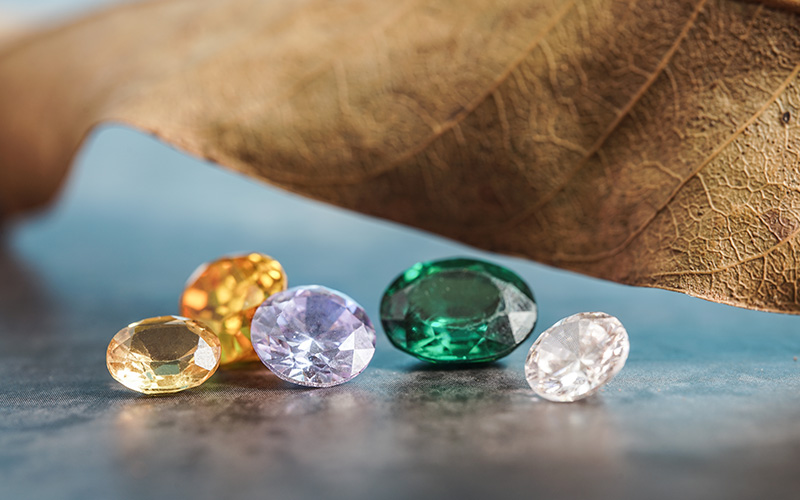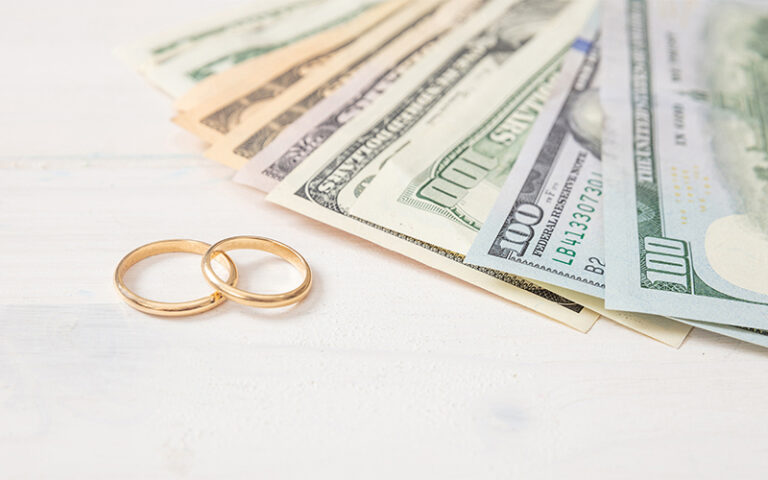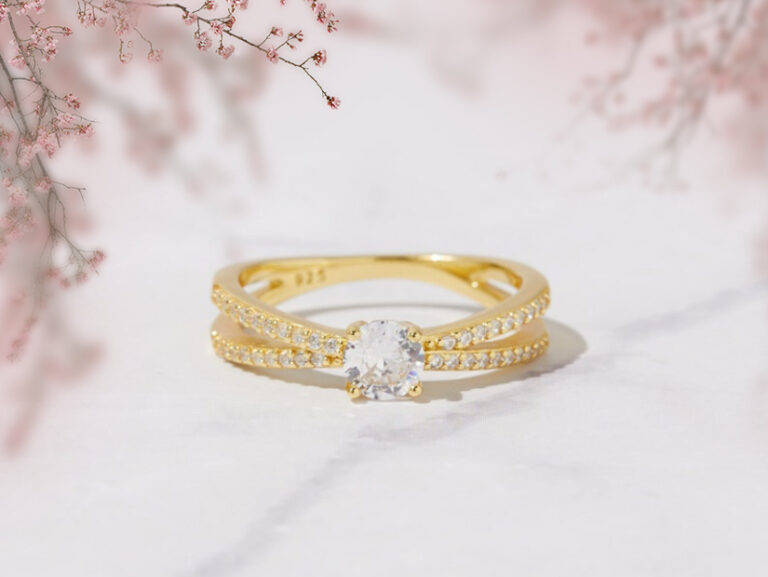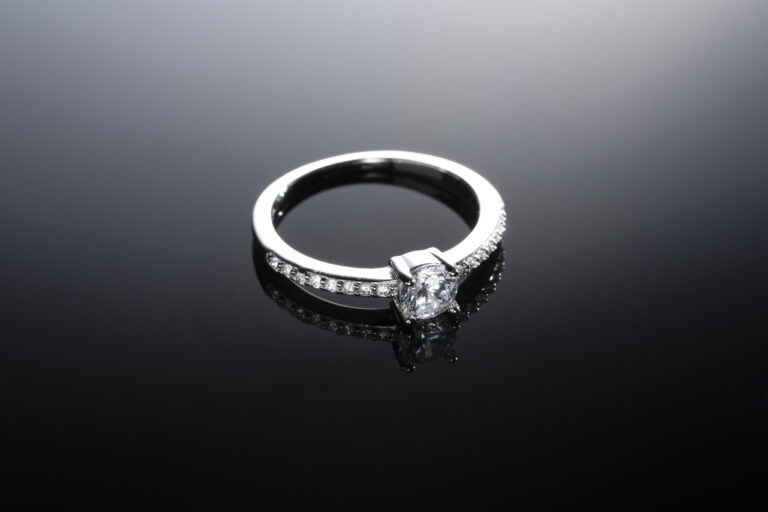What diamond color is best?
Listen & Feel Full Article…
What diamond color is best?
There is no universally agreed-upon finest diamond color. A colorless diamond is a timeless standard, but a colored diamond has its distinct appeal. Colorless diamonds are the most valuable because they are so uncommon and of the highest grade. To be sure, a diamond’s cut, clarity, and carat weight all play a role in its final worth. If you want to make sure you’re getting a good deal on a stone, it’s best to take a look at it in person and get an expert’s opinion before you buy.
What factors determine the color of a diamond?
A diamond’s factors depend on several variables, including:
- Diamonds are made from carbon, and impurities like nitrogen and boron can give them an unattractive golden or brown color.
- Diamonds can turn golden or brown if exposed to too much natural radiation.
- Diamond hue can also be affected by the diamond’s internal structure. Diamonds with graining patterns, for instance, can be golden or brown.
- Diamond hue can be affected by the cutter’s technique. A diamond’s hue can be distorted if cut too shallow or deep.
- Some diamonds will fluoresce when exposed to ultraviolet light, giving them a golden or blue hue.
- Some diamond hues can be enhanced through the process of color treatment.
- It’s worth noting that diamonds with even the slightest hint of yellow or brown are significantly less valuable than entirely colorless stones.
How are diamond colors graded?
Diamonds are classified by color using the D to Z Gemological Institute of America (GIA) color scale (light yellow or brown). Each of the five subscales on this scale is as follows:
Colorless D-F range diamonds are the rarest and most expensive type. They are uncommon and invisible in natural light because they lack any discernible hue.
Grades G-I represents nearly colorless diamonds with a barely perceptible hint of golden or brown.
These diamonds, grades J-K, have a slight yellow or brown hue noticeable in standard lighting.
These diamonds have a strong yellow or brown tint and are of poor quality grade (L-M).
N-Z diamonds are the lowest grade because they have a slight yellow or brown tint.
Diamonds are graded for color by a highly trained expert under carefully regulated lighting circumstances.
What is the most valuable diamond color?
The highest quality diamonds are colorless, or a “D” on the GIA color scale. The greatest quality and rarity of diamonds are seen in completely colorless ones; as a diamond’s color progresses from white to yellow or brown, its worth declines. Its cut and clarity determines a diamond’s worth, carat weight, rarity, and color. Furthermore, some individuals may prefer a diamond with a faint tint of color, such as a champagne or pink diamond, which can be considered valuable and can demand a premium based on the intensity and rarity of the color.
What are the most popular diamond colors?
The G-I band on the GIA color scale is where you’ll find most diamonds, and they’re the most sought-after. These diamonds are a popular choice among shoppers because their yellow or brown tint is so subtle that it goes unnoticed by the unaided eye. These gems are highly sought after because they provide a desirable trifecta of affordability, beauty, and scarcity.
More and more people are shelling out big bucks for “Fancy Color Diamonds,” the industry term for fancy colors like yellow, pink, blue, and brown. The distinctiveness and scarcity of these gems contribute to their widespread acclaim.
Finally, it is worth noting that individual taste plays a significant role in the popularity of different diamond colors.
How do different diamond colors affect the price?
The cost of a diamond can vary widely depending on its hue. A colorless (or “D”) diamond is the most highly valued on the GIA color spectrum. These diamonds are the most expensive because they are the rarest and of the highest grade. Yellower or browner diamonds are worth less than whiter ones.
Intense and rare colors give colored diamonds, also known as “Fancy Color Diamonds,” a high price tag. For example, fancy pink and fancy blue are both extremely uncommon and therefore fetch astronomical prices.
In addition to its color and clarity, a diamond’s cut and carat weight greatly impact its market worth. In addition, the price of a diamond can be affected by whether or not the vendor discloses that the diamond has been treated to improve its color.
Last but not least, it’s also essential to remember that the demand for different colors can shift over time, which could cause price changes.
How can I determine the color of a diamond when purchasing?
To get your money’s worth from a diamond purchase, you should know what color stone you’re buying. Following these guidelines, you can tell the hue of a diamond you’re buying.
Take a look at the gem in a variety of settings: Take a look at the gem in a variety of settings, including daylight, incandescent, and fluorescent. This way, the diamond’s real color and color variations can be better appreciated.
Use a master set, which consists of diamonds of established color grades, to compare. When determining the diamond’s color grade, it is best to compare it to a master pair.
You can use that document to determine the diamond’s color rating if it has a GIA report. Remember that a respectable laboratory should do the GIA report and that the color grade is determined in a controlled lighting environment.
Seek a second opinion: Get in touch with a trusted retailer or gemologist for assistance in identifying the diamond’s color grade.
Try to visualize the diamond in its setting. If the diamond is already mounted, its hue may be obscured. You can still examine the stone and evaluate it about other diamonds you’re thinking about purchasing.
The price and worth of a diamond can be affected by whether or not it has been treated, as some diamond colors can be enhanced through treatment.
Consider that some people may have strong preferences for one diamond color over another for societal or personal reasons. Keep that in mind when browsing the many diamond colors available.
Are there any diamond colors that are considered rare or unique?
Some diamond hues are one-of-a-kind. Diamonds of uncommon hues are collectively referred to as “fancy color diamonds” and can be of various colors. Their unusual hue results from minute quantities of one or more contaminants or structural flaws in the diamond, which accounts for their extreme scarcity.
For instance, blue diamonds are one of the most valuable and sought-after colors of diamonds. Diamonds with these inclusions have boron contaminants. Pink diamonds are as uncommon and valuable as any other type because of their one-of-a-kind hue. Structural flaws in the diamond cause them.
Radiation exposure produces a green hue, making green diamonds just as uncommon and special as their colorless counterparts.
Since only a small number of red diamonds exist, they fetch the highest prices among all exotic color diamonds.
Even though yellow and brown diamonds are the most prevalent of the fancy colors, the intensity and quality of their color can make them stand out from the crowd.
Lastly, it’s important to note that some fancy color diamonds may have been treated or irradiated to enhance their color; the seller should clarify this, as it could impact the diamond’s price and value.






